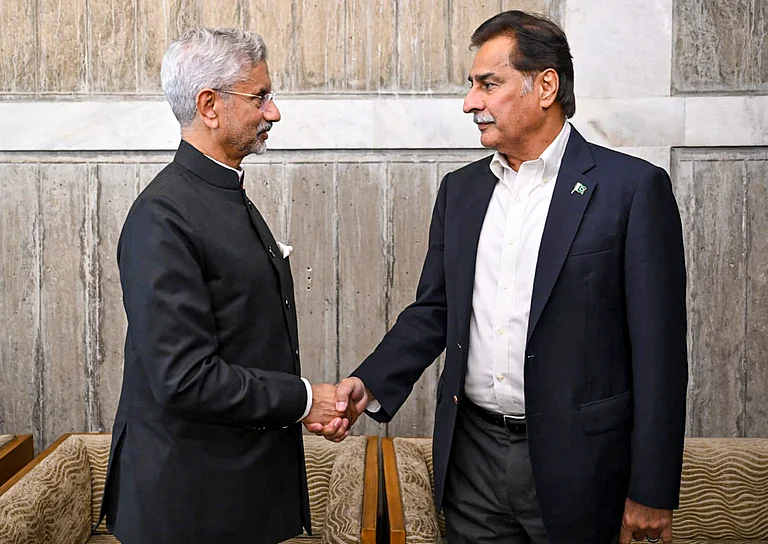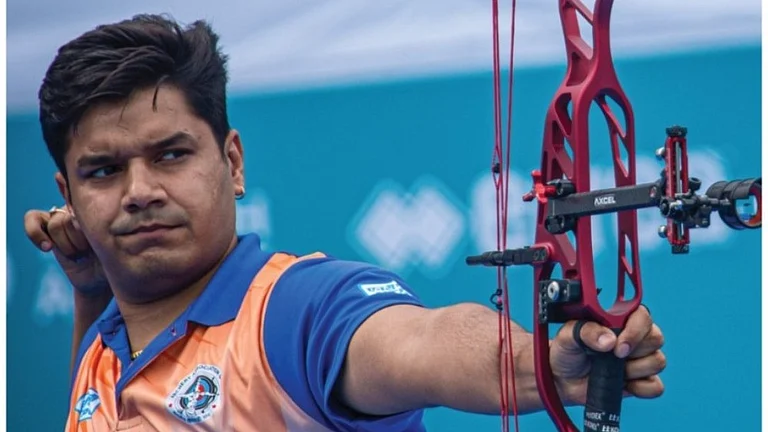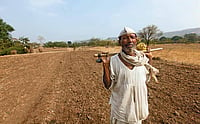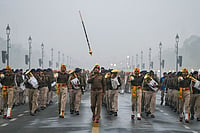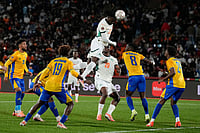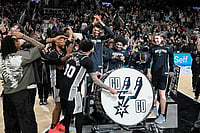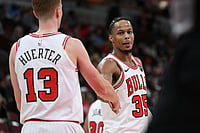Did people start buying pugs as pets after the Vodafone ad? Did college kids become better pals after the Airtel ‘Har ek friend zaroori hota hai’ campaign? Do people want a waterproof phone or a one-click FB link or both and a longer battery as well? And are these campaigns getting more customers for their brands?
Well, management professional Toshita Bharti, 25, is one of the believers. When she wanted an upgrade, the Samsung Note 3 was being advertised incessantly in newspapers and online, so she bought it. Toshita is one of the millions of mobile users in India who are constantly in search of the “perfect phone”. But which one to pick, and why? There are a million voices selling mobiles and many a usage plan on TV.

| The Hutch pug ad ‘Wherever you go...’ |
It was a whole new area for ad agencies, a lot different than selling detergent powder or cough syrup. “The service provider has no product really. At best a sim card. We didn’t have historical perspective or category tools as in other products,” says S. Subramanyeswar, national planning director, Lowe Lintas. With a unique mix of Indianness and newly opening up markets and availability of unseen products, firms and brand strategists hit the ground running.

Vodafone’s ZooZoos do their number
It was also around that time that satphones came to the market and sank without a trace. “The tagline ‘Geography is history’ was very popular but that was all (about satphones). The revolution in mobile phones was led by shrinking sizes (Sony Ericsson’s ‘One Black Coffee Please’ ad) and mobiles becoming multi- utility—alarm, calculator etc. When it started creating value of its own, the mindset started changing,” says jwt’s Sanjeev Bhargava, an adman who’s worked in the industry for several years on several mobile/service provider campaigns. For Nokia, the top seller in those early years, the ad strategy was about the emotional connect. “It was about ‘Connecting people’, highlighting features and solutions and educating the entry-level consumer. We led the trends with localised communication for India. Year after year, Nokia was voted most trusted brand,” says Babita Barua, SVP at JWT.
However, things changed quickly and soon a price war broke out. More manufacturers such as Sony and LG entered, phones had more and more extra features. With falling rates, a whole new market opened up—rural India.

Sony Ericsson’s smouldering ‘One black coffee...’
Nokia, an experienced player, tapped it with services such as a torch and dust-resistant keypads. “The phase this unleashed was one of driving penetration. This, along with the advent of color screens (‘Har jeb mein rang’) and unique services such as Nokia Life Tools (which provided a wide range of SMS-based services in agriculture, education etc), helped the company make pan-India inroads—both rural and urban,” says Pinaki Bhattacharya. Years later, Indian manufacturers too have tapped this well. “A new company like Micromax hit the right note with an understanding of the rural landscape, known for its power cuts and monotonous labour in the fields. They put out a phone with radio antenna, loud speaker and a battery life of 48 hours. This was perfect understanding of the needs of a farmer,” says Sanjeev Bhargava.
Soon mobile phones and services were all the rage, and top Bollywood stars were roped in to endorse brands. “Abhishek Bachchan is a brand agent. He plays a role in each campaign, he is not just a star endorsing a product,” says Subramanyeswar, adding that his “Sirjee” and his lines have become street vernacular. Shahrukh Khan and Priyanka Chopra too have been brilliant as protagonists. Consumers resonated with them, and the campaigns, says Barua. “When Karbonn phones used Hugh Jackman as its brand ambassador, the brand value went through the roof. Suddenly it was okay to have that phone,” says Chandramouli, who publishes Brand Trust Report. At present, Farhan Akhtar, Ranbir Kapoor, Katrina Kaif all have different endorsements.

Nokia’s ‘Connecting people’
However, the variety in mobiles and what they offer has undergone a sea change in the past few years—music, applications, camera, games, recorders etc. And so have networks with their internet plans and connectivity to social networking, bill payments, banking and so on. Says Bhattacharya, “While it has always been underpinned by connectivity, the category has evolved from ‘transformation’ of life to ‘enhancement’ of life. In this rapidly evolving category, a brand has to create new experiences to stay ahead.” Chandramouli has a few thoughts on this too: “Functionality is a given now. The sector has a minimum of 10 leaders engaged in ‘disruptive innovation’. Although a brand like Apple doesn’t need to reinvent the wheel, it too has to add to its existing phone.”

No fooling AB Jr
Ad guru Alyque Padamsee worked on some of the earliest campaigns of brands like bpl and continues to watch the trends. He says it still is about status. “The funny thing about advertising is that people are willing to give anything for a status symbol. Mobile phones have become affordable and truly democratic. However, advertising is still for status symbol. For example, when my domestic help bought a cellphone for Rs 2,000, she bought it for features and didn’t want monetary help,” he says. So in an atmosphere of intense competition, the target audience is getting younger by the day. Advertisers are not yet targeting children (even though they are said to have a clear say in the phones their parents buy, the so-called ‘pester power’) but campaigns are tapping college goers and first-jobbers. But it won’t be long. As the story goes, the mobile ad industry is always in flux, and yesterday’s campaign is ancient history.








